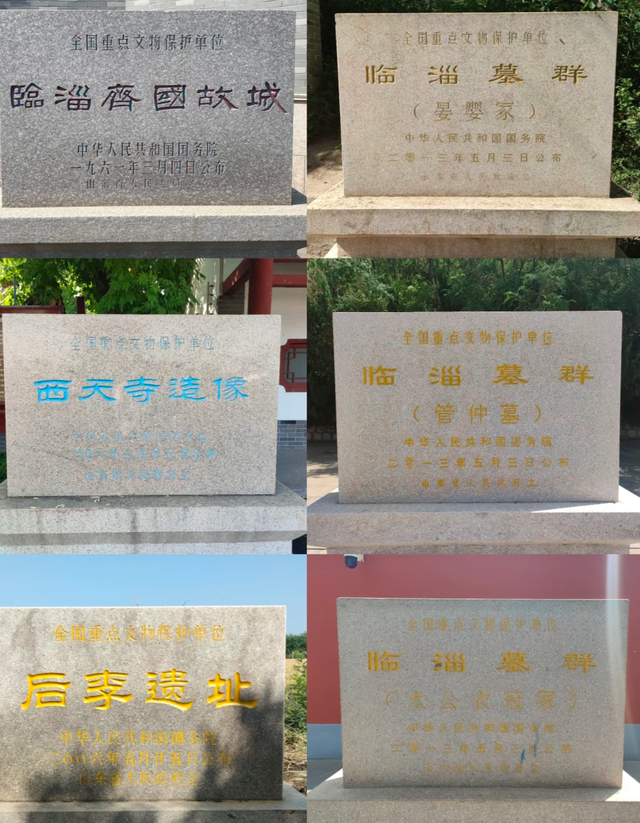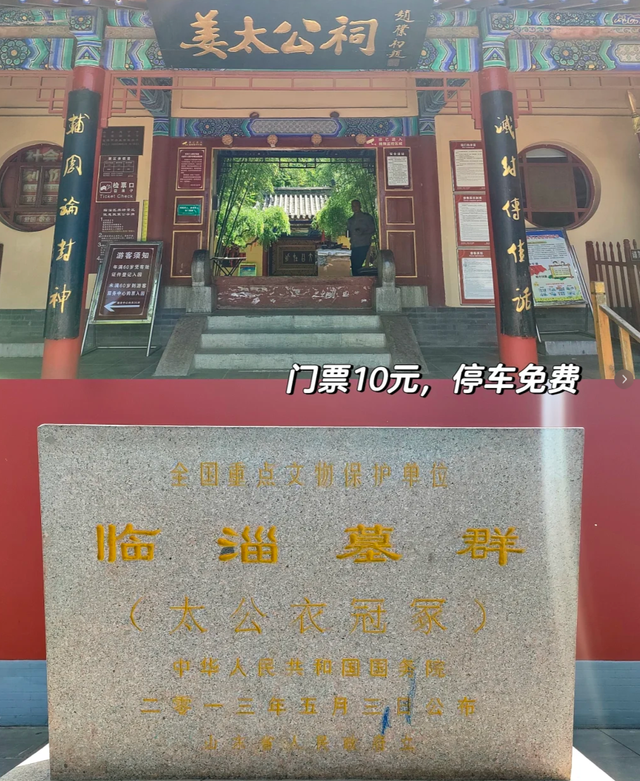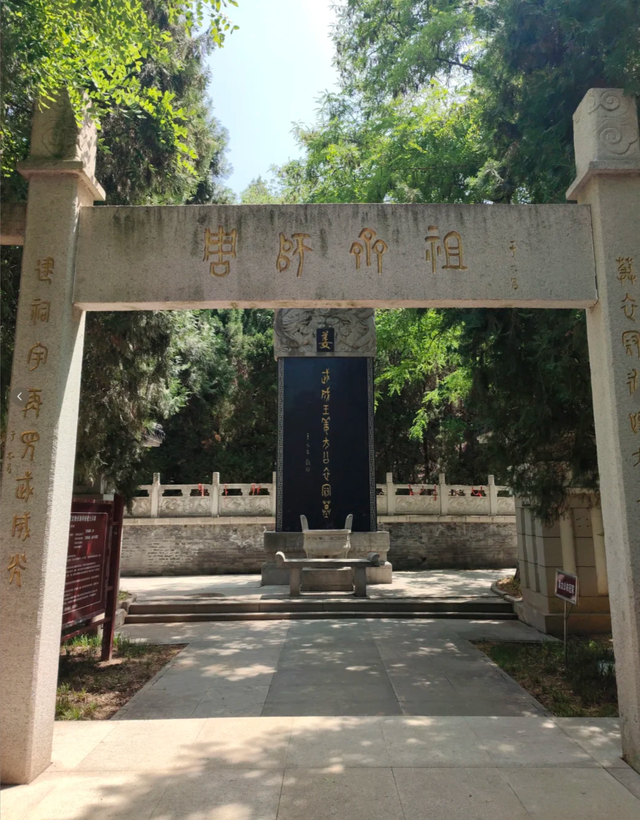Zibo, Shandong: A Blend of History, Culture, and Natural Beauty
Zibo, a city rich in history and culture, lies at the heart of Shandong province. It is renowned for its significant role in Chinese history, particularly as the ancient capital of the powerful State of Qi during the Spring and Autumn period. Today, Zibo continues to draw visitors with its captivating historical sites, vibrant local culture, and breathtaking natural landscapes. Whether you are a history enthusiast, a lover of nature, or someone looking to indulge in local cuisine, Zibo offers a diverse array of experiences that will leave a lasting impression.
- The Ancient Commercial Hub: Zhoucun Ancient Town
Zhoucun Ancient Town is a must-visit for anyone traveling to Zibo. Known as the "dry port" during the Ming and Qing dynasties, Zhoucun was once a bustling commercial center. As you walk through the old stone-paved streets, you will be transported back in time to an era when merchants and traders thrived. The preserved architecture, with its intricate wood carvings and traditional courtyard houses, reflects the prosperity of the past.
The charm of Zhoucun lies in its authentic atmosphere. The shops lining the streets sell a variety of local handicrafts, such as woven textiles, woodwork, and the famous Zhoucun sesame seed biscuits. These thin, crispy biscuits are not only a local delicacy but also a reminder of the town’s rich culinary history. Zhoucun Ancient Town feels like a living museum, where history is still alive in the daily activities of the locals.
- Tracing the Legacy of Qi: Qi State Historical Museum
Zibo's identity is deeply intertwined with the ancient State of Qi, which was one of the most powerful states during the Spring and Autumn period. The Qi State Historical Museum is an essential stop for anyone wanting to learn more about this period. The museum houses an impressive collection of artifacts, from bronze wares to ceramics, weapons, and manuscripts, each piece telling the story of Qi's rise and dominance.
The "Qi Culture Hall" is particularly fascinating, showcasing the political, military, economic, and cultural achievements of the Qi State. One of the highlights is the collection of ancient currency, such as the distinctive Qi knives, which were used as money. Visitors can also learn about the Jixia Academy, the first major academy in Chinese history, where scholars and philosophers gathered to exchange ideas. This museum offers a window into the intellectual and cultural vitality of the Qi State and its enduring influence on Chinese civilization.
- The Serenity of Nature: Tanxi Mountain Scenic Area
Zibo is not just a city of history—it also boasts stunning natural landscapes. Tanxi Mountain, located in Zichuan District, is a prime example of the city’s natural beauty. The mountain is known for its steep cliffs, clear streams, and tranquil atmosphere. As you hike through the area, you’ll come across beautiful waterfalls cascading down the rocks, adding to the sense of peace and serenity.
One of the main attractions of Tanxi Mountain is the "Hundred-Foot Cliff," where a majestic waterfall plunges down from a height of over a hundred meters. The mist from the waterfall fills the air, creating a magical scene. For those looking for adventure, the mountain offers various hiking trails that take you deep into the forest, where you can enjoy the fresh air and scenic views. Tanxi Mountain is the perfect place to escape the hustle and bustle of city life and reconnect with nature.
- The Legacy of Pottery: China Ceramics and Glazed Museum
Zibo has long been known as China’s "capital of ceramics." The China Ceramics and Glazed Museum is a testament to this ancient craft, displaying a vast collection of ceramics that span thousands of years. Zibo’s ceramic industry dates back to the Han dynasty, and today it continues to produce high-quality ceramics that are exported worldwide.
The museum is a visual feast, with exhibits ranging from rustic pottery to intricate glazed porcelain. Visitors can admire the beauty of Zibo's famous ceramics, such as blue and white porcelain, carved pottery, and modern ceramic art. The museum also offers workshops where visitors can try their hand at making pottery, giving them a deeper appreciation for this age-old craft. This hands-on experience is a highlight for many visitors, as they get to take home their creations as souvenirs.
- A Taste of Zibo: Culinary Delights of Shandong Cuisine
Zibo is a paradise for food lovers, especially those interested in Shandong cuisine, one of the eight major culinary traditions of China. Known for its bold flavors and emphasis on fresh ingredients, Shandong cuisine is a must-try for any visitor. One of the most famous dishes in Zibo is "Zibo BBQ," where diners grill skewers of meat over open flames and wrap them in thin pancakes with vegetables and sauce. This simple yet delicious dish has become a popular street food in recent years.
In addition to BBQ, Zibo is also famous for its traditional Shandong dishes, such as braised sea cucumber, sweet and sour carp, and nine-turn large intestines. These dishes, rich in flavor and steeped in history, reflect the city’s culinary heritage. For a more local experience, try the Zhoucun sesame seed biscuits or a bowl of Zibo’s signature "pancake roll with green onions," which is both a staple of the local diet and a symbol of the city’s rich gastronomic culture.
- Exploring the Great Outdoors: Lushan National Forest Park
For nature lovers, Lushan National Forest Park offers a peaceful retreat with its dense forests, clear lakes, and scenic hiking trails. Located in the mountainous region of Zibo, Lushan is known for its diverse flora and fauna, making it a popular destination for eco-tourists and hikers. The park is particularly beautiful in autumn when the leaves turn shades of red and gold, creating a stunning contrast against the blue sky.
One of the park’s highlights is the panoramic view from the summit, where visitors can see the entire Zibo region spread out below. Lushan’s trails vary in difficulty, making it an accessible destination for both casual walkers and seasoned hikers. The park is also home to several ancient temples and pavilions, offering a glimpse into the spiritual life of the region’s inhabitants.
- A Modern City with Ancient Roots: Zibo New City
Zibo New City represents the modern face of this ancient city. With its high-rise buildings, wide streets, and vibrant shopping districts, it is a symbol of Zibo’s ongoing development. Despite its modern appearance, Zibo New City is deeply connected to its historical roots. Many of the buildings and public spaces are designed to reflect traditional Chinese aesthetics, blending the old with the new in a way that honors the city’s cultural heritage.
At night, the city comes alive with colorful lights and lively streets filled with locals and tourists alike. The juxtaposition of the ancient and the modern is evident in every corner of Zibo, making it a unique destination where history and progress coexist harmoniously.
Conclusion
Zibo is a city that offers something for everyone. From its rich historical heritage to its beautiful natural landscapes and delicious food, it is a place where visitors can immerse themselves in both the past and the present. Whether you are exploring the ancient streets of Zhoucun, hiking the trails of Tanxi Mountain, or savoring the local cuisine, Zibo invites you to discover its many treasures. A journey to Zibo is not just a trip to a city but an exploration of history, culture, and nature that will leave you with unforgettable memories.


